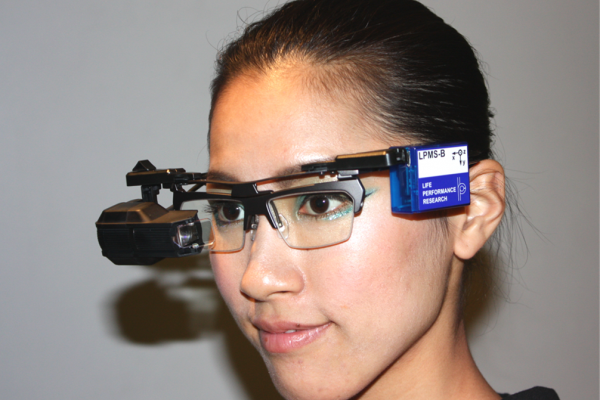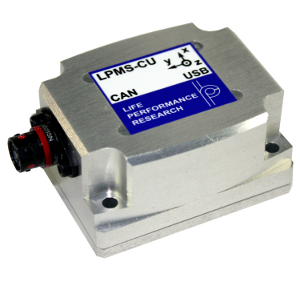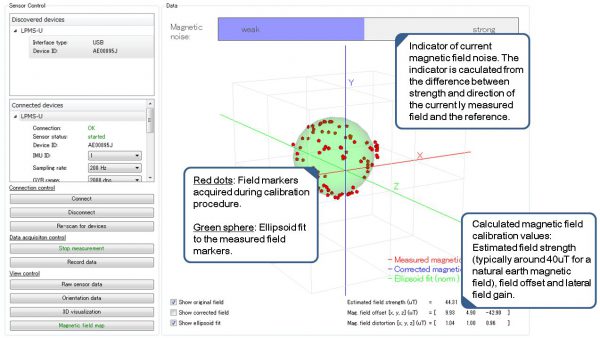LpGlass and Head Tracking Revisited
We had the opportunity to try out one of the new augmented reality glasses AiRScouter produced by the Japanese company Brother. We first tried one at a Brother product exhibition here in Tokyo. Although the glasses are a little heavier than normal glasses, they fit quite well and the overlay image is well visible.

We experimented with the glasses a bit and set-up a prototype application for augmented reality using our LPMS-B sensor for head tracking, codename: LpGlass. The video below shows a demo of our LPMS-B IMU attached to the AiRScouter.
Similar to the Google glasses there seem to be a huge number of applications, especially for augmenting task environments for medical procedures, industrial assembly, education etc.


